Prepare for the Macarthur region’s population explosion
TODAY the Macarthur Chronicle launches a special investigation into the Macarthur region’s future, starting with the staggering population growth facing our community over the next 20 years.

Macarthur
Don't miss out on the headlines from Macarthur. Followed categories will be added to My News.
- Editor’s Comment: Boom or bust for Macarthur region’s growth
- Macarthur’s top nine future tourism attractions
TODAY the Macarthur Chronicle launches a special investigation into the Macarthur region’s future, starting with the staggering population growth facing our community over the next 20 years.
Over the coming weeks in the Our Home Our Future series, we’ll be looking at what’s planned for our roads, jobs, rail, health, education and more ahead of the upcoming Western Sydney City Deals which will give a clear blue print for the future for each of our local government areas.
PREPARE FOR THE EXPLOSION
If you think the Camden local government area is booming now, there’s so much more to come.
The fastest growing area in NSW and the second fastest in Australia is facing a huge 156.75 per cent population increase within the next 20 years.
According to .id the population experts, the Camden area’s population will grow from 88,258 this year to 226,604 in 2036.
With Campbelltown city’s population increasing from 162,902 this year to 273,541 in 2036, the two local government areas alone will have a combined population of more than 500,000.
The projections could climb even higher after revisions based on this year’s Census data.

By 2036, well over 600,000 people will call the Macarthur region home, including more than 100,000 in Wollondilly shire.
The biggest growth will occur in the Marylands precinct, adjacent to Oran Park, which will grow from just 27 people now to a predicted 19,003 by 2036 — a staggering 69,755.92 per cent rise.
In Campbelltown, developments on rural residential land which includes Mt Gilead and Varroville will boost the population to 36,274 in 2036 people from 2474 people — a 1365.94 per cent increase.

Camden state Liberal MP Chris Patterson said the most important role for all levels of government would be to provide the infrastructure needed to support the booming population.
“Number one, if you can prioritise is the provision of schools and hospitals,” he said.

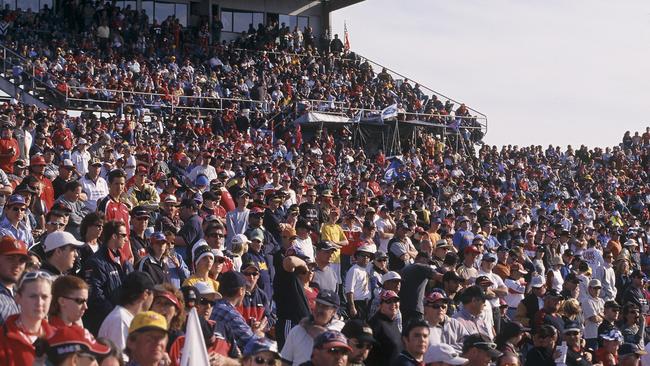
“We have five new schools on the way and an upgrade to Campbelltown Hospital.
“Then we’ve got public transport and the road network — it is vital that this is done before and alongside development.”
Campbelltown Labor Mayor George Brticevic called for job creation to limit commuting time for residents.
“The CBD in Campbelltown will be a big part of that and there is also the hospital precinct which will double in size and bring jobs along with it,” he said.
“We’re also working with the university and TAFE as well as with the proposed Nexus Business Park.
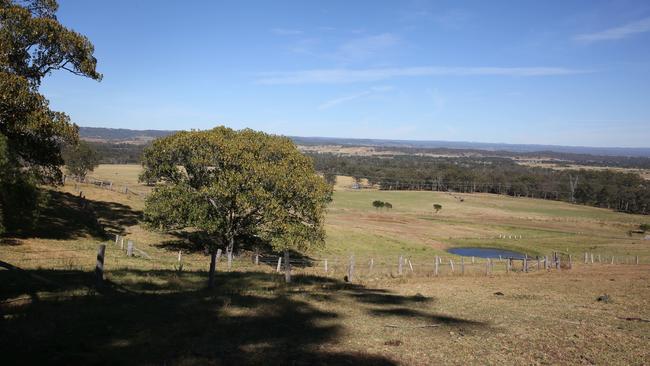
“Health and research will be the big growth factors for Campbelltown.”
Cr Brticevic also backed the view that infrastructure needed to be prioritised.
“We have a car culture in Australia but we need to expand public transport,” he said.
“We need to make sure we get our fair share in the future and look at a variety of ways for people to get around.’’
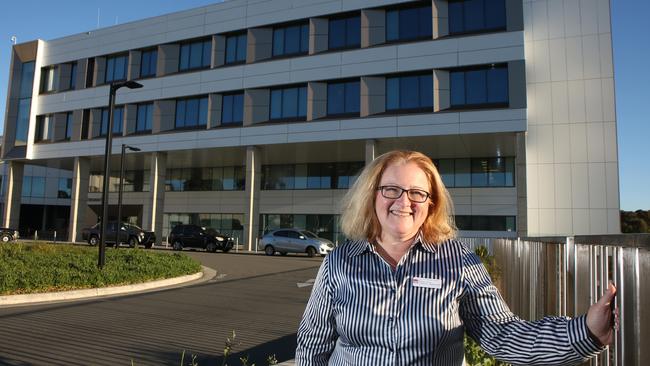
Wollondilly Independent Mayor Judy Hannan said a lack of infrastructure would cripple the shire’s expansion if it was not addressed.
“We need electrification of the rail line down to Wollondilly and the completion of the Maldon-Dombarton line,” she said.
“Even with the population increase it is important we preserve our rural land — we are in a unique position as the first country area out of Sydney. The population will be concentrated around Wilton, so it needs to get the services like a hospital to bring us up to the standard of other suburbs.’’
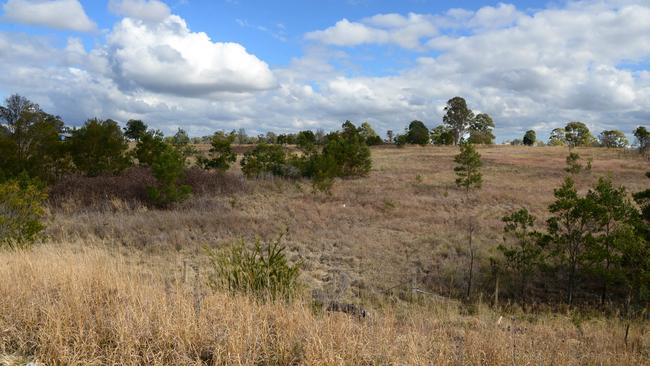

Sydney University professor of urban planning Peter Phipps said to get people to feel connected socially there had to be opportunities for them to participate in their own community.
“For new residents, there has to be opportunities for the community to run programs to help people familiarise themselves with the area, and councils and schools can provide that,’’ Prof Phipps said.
“The problem is people don’t spend as much time in their own neighbourhood as they used to because they spend a lot of time commuting. They leave home early in the morning and get home late at night.’’
He said Sydney was on a trajectory and growing faster than other world cities such as London, and as a consequence a lot of Sydney’s growth was spreading to the Macarthur area.
“The challenge is we can’t put a fence around the Macarthur area and say ‘we are full, no more people’,’’ he said.
“A lot of people like to live in the Macarthur area because there are attractive features and that’s why it is growing so fast.’’

Prof Phipps said he suspected most people didn’t mind more people turning up as long as the necessary infrastructure, services and public transport opportunities were in place.
Prof Phipps said governments and also developers had a role to play in providing the necessary infrastructure.
“It’s important there is investment in roads and public transport for people to reduce the stress the population growth can cause,’’ he said.
“Governments should make sure our taxes are spent in the Macarthur area where the growth is.’’
Where is out future growth?
●Maryfields: Population 2017: 27, Population 2036: 19,003, Increase: 69755.90 per cent
●Catherine Field North: 2017: 3311, 2036: 34,043, Increase: 928.26 per cent
●Oran Park: 2017: 8626, 2036: 26,485, Increase: 207.03 per cent
●Turner Rd and Central Hills: 2017: 9223, 2036: 22,590, Increase: 144.92 per cent
●Glenfield: 2017: 9821, 2036: 24,236, Increase: 146.78 per cent
●Campbelltown city precinct: 2017: 15,324, 2036: 33,571, Increase: 119.07 per cent
YOUNG FAMILIES FEEL AT HOME
The Macarthur region has become home for many young families, with people moving from outside the area to new estates or young people from the area looking for homes locally.
Currans Hill couple Jessica and David Masing moved to the Macarthur region two years ago in search of cheaper housing and welcomed the birth of Matilda on June 16.
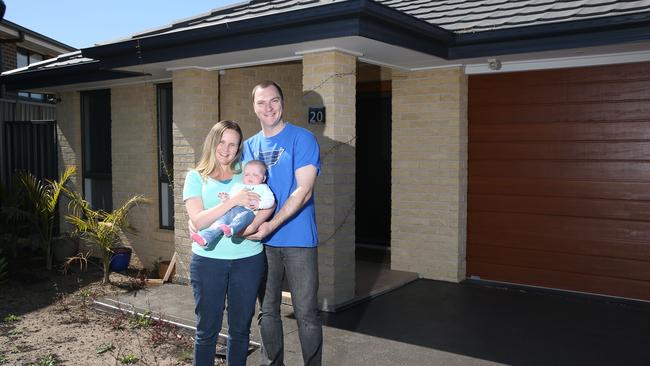
Mrs Masing, a nurse at The Children’s Hospital at Westmead, said the area offered a lot of potential for young families.

“It’s good because there’s a lot of young families and because of that there’s a lot of childcare centres and also there’s about five or six new schools being built not far from where we are,” she said.
“Even since we’ve moved here there’s been so much happening like the expansion at Narellan Town Centre.
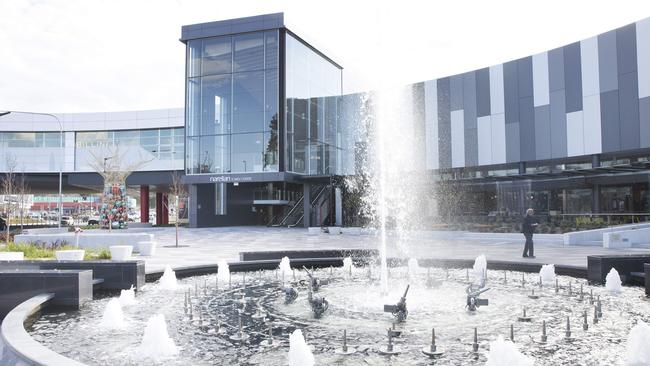
“We both work out of the area but David, a mechanic, is looking for local work and with the new private hospital coming to Gregory Hills I’m hopeful something might be available there.”
Despite all the positives, everyone’s favourite gripe remains the provision of adequate local roads.

“Camden Valley Way was redone but with the extra estates being built all along that road I think more needs to be done,” Mrs Masing said. “It seems okay at the moment but it’s just going to get even busier.”
REGION WAS ‘MUCH MORE OF A COMMUNITY’ 70 YEARS AGO
Campbelltown and Airds Historical Society president Kay Hayes has lived in Campbelltown since 1947, when dairy farms bordered the town.
“Back in my early days in Campbelltown there was not a lot of industry at all,” she said. “There was not a single thing developed on the western side of the railway.”
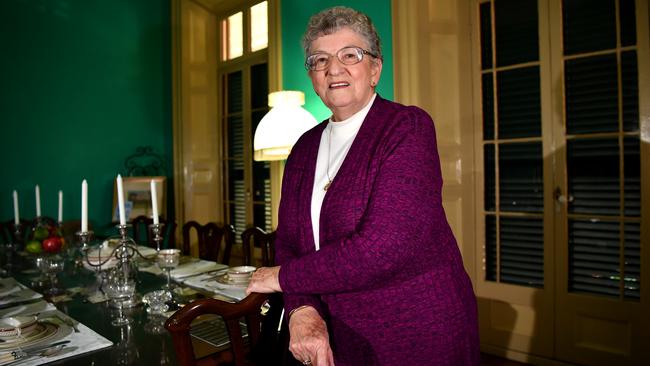
With Macarthur region’s population set skyrocket to more than 500,000 within 20 years, Mrs Hayes said when Campbelltown had a population of 6995 in 1947, there was a closer community.
“It was much, much more of a community in the early days, when you did know everyone,” she said.
“There was only one public and Catholic school, and you knew all the children you went to school with.
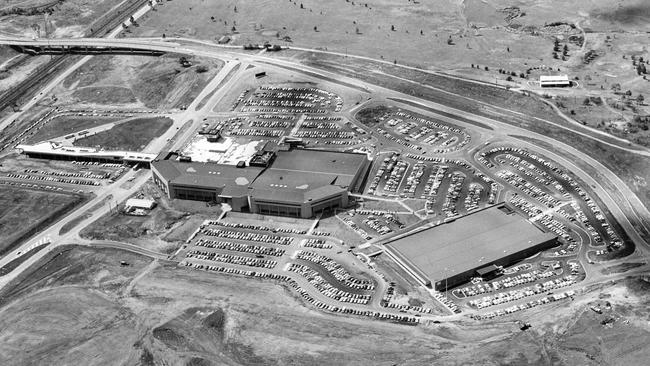
“Everyone joined everything — all the clubs and sporting organisations.’’
She remembers the opening of Campbelltown High School in 1955 and the first Fisher’s Ghost Festival beginning a year later.
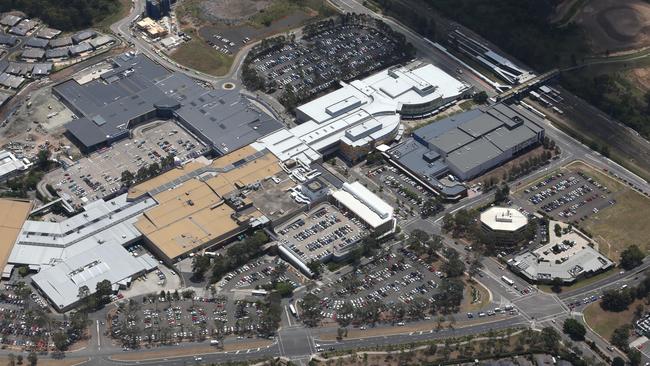
The population steadily rose to 24,000 in 1963, Mrs Hayes said, as people moved to the Macarthur region for the cheap houses.
“It was a much cheaper place to buy a house back then,” she said. “It was before the rail was electrified and the roads weren’t as good, but we were a fair distance from the city.”
Campbelltown was declared a city in 1968 and infrastructure improvements followed, including Orana Park (now Campbelltown Sports Stadium) in 1970, Campbelltown Hospital in 1977, Macarthur Square in 1979 and Campbelltown Mall in 1984.
Mrs Hayes said the changes were needed to accommodate more people.
“It has changed Campbelltown tremendously,” she said.
“We needed the new shops and infrastructure as more and more people came.”


